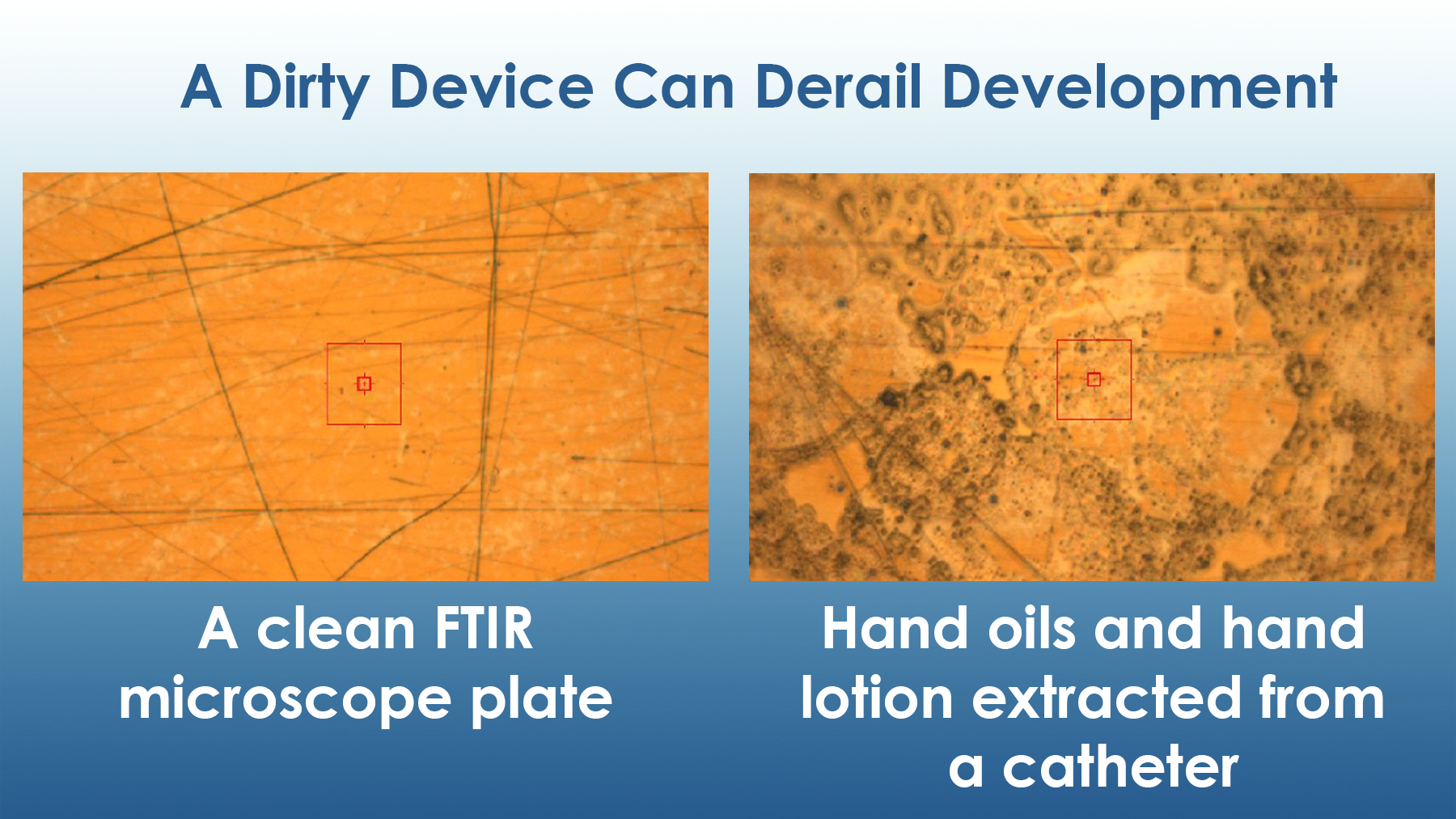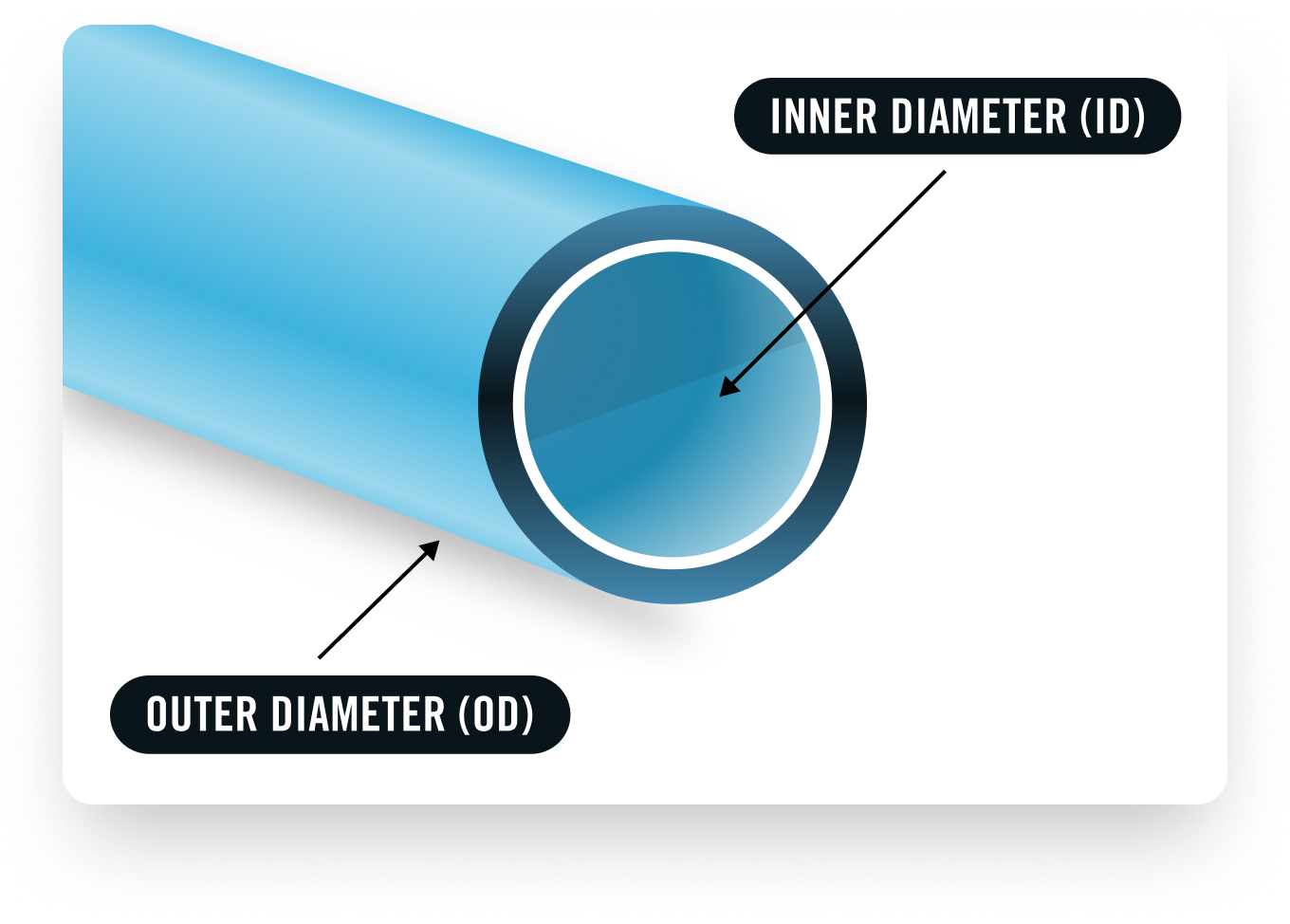Cardiology consistently demands innovation, especially in the design and production of cardiovascular medical devices such as catheters. These catheter innovations can contribute to improved patient outcomes but often require a hydrophilic coating to enhance the device’s performance. This case study reviews how Biocoat assisted in the development of a new family of PTCA Balloon Dilation catheters and shows how your project can benefit from Biocoat’s exceptional service and expertise paired with HYDAK® UV hydrophilic coatings.
The Project
A medical device manufacturer was in the process of developing and launching a broad family of PTCA balloon dilatation catheters and required a high-performance hydrophilic coating in order to achieve the project goals. In addition to coating performance, the manufacturer needed a coating that allowed for high-volume production while maintaining stringent quality control to comply with medical standards.
The Challenge
As an industry leader in hydrophilic coatings, Biocoat was approached to work with the device manufacturer’s engineers on this project. The diversity within the planned product portfolio meant there was no one-size-fits-all solution. Coating processes had to be tailored to suit different catheters, each with distinct design elements such as varying lengths and diverse lubricity requirements. One of the most intricate tasks was to develop a method that would effectively mask the catheters’ balloons.
The Solution
In response to this project’s needs, Biocoat established a need-based team consisting of a Project Leader, an Application Development Engineer, and an R&D Engineer. The Biocoat team worked in close collaboration with the manufacturer’s engineering team. The focus was not only on producing a coating that met each device’s specific needs but also on creating production techniques aligned with the required high efficiency and volume goals. HYDAK® UV was selected for the device because of its high performance, low particulates, and production capabilities. Biocoat’s coating engineers performed rigorous testing along each step of the process and shared results with the device manufacturer, ensuring that performance, application, and masking met the needs of the customer.
The Outcome
This intensive collaborative effort resulted in a broad range of catheters, each boasting a custom engineered HYDAK® UV cure hydrophilic coating that delivered on its promise of performance enhancement. Additionally, the innovation extended into the production process itself, ensuring that large-scale efficiency didn’t come at the cost of product quality.
The success of this project is reflected in the regulatory approval of all products, and the green light given by the US-FDA. The products are now in use for cardiological procedures across the globe, including the United States, Middle East, Asia-Pacific, Australia, Latin America, and Africa.
The Takeaway
For medical device manufacturers and engineers working on innovative cardiological devices, this case study highlights the critical role of specialized hydrophilic coatings and the importance of collaborative innovation with a coatings partner like Biocoat. With the right expertise, collaboration, and alignment of goals, the possibilities for advancing medical device technology are boundless. Your next cardiological device combined with Biocoat’s HYDAK® UV hydrophilic coatings can lead to the next innovation in healthcare.








